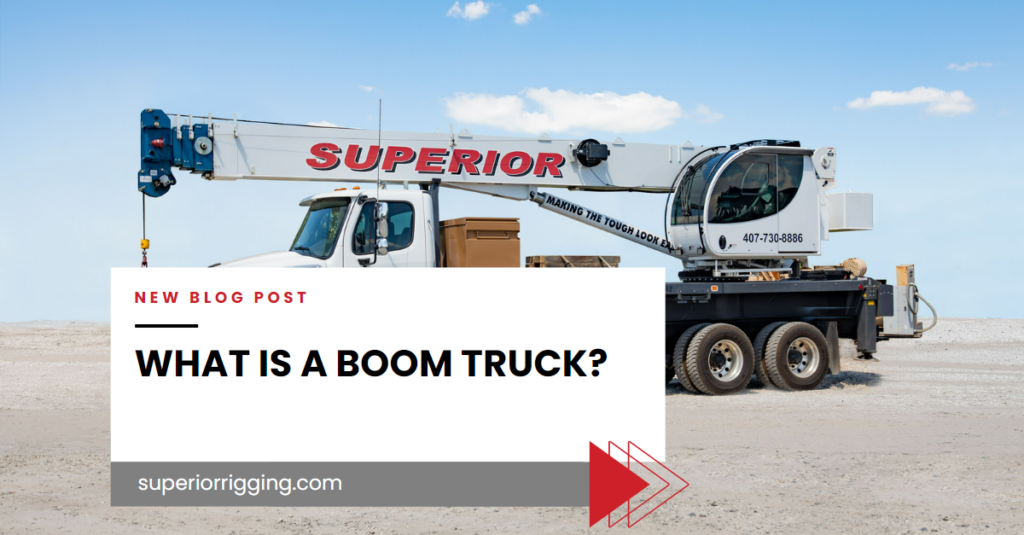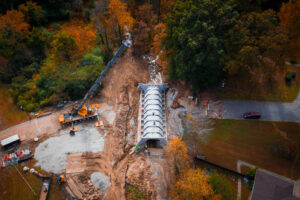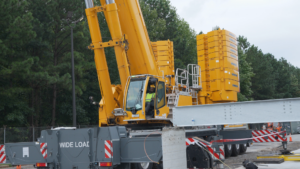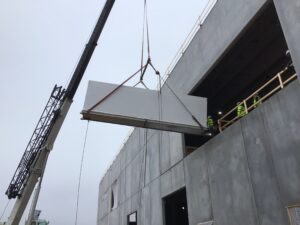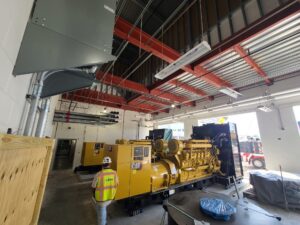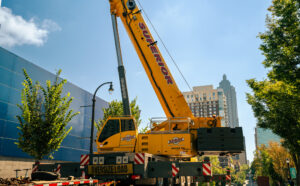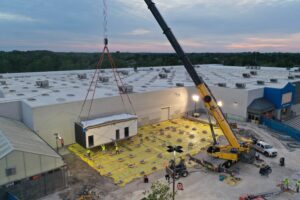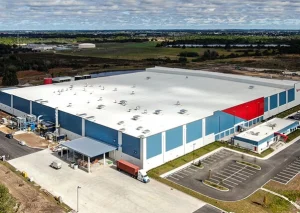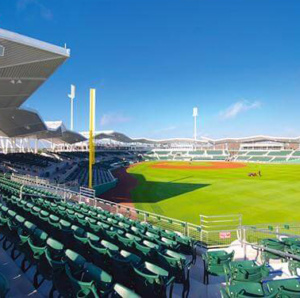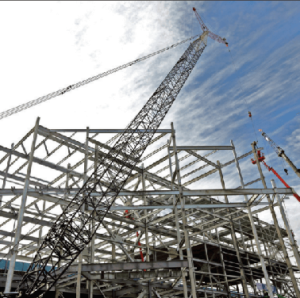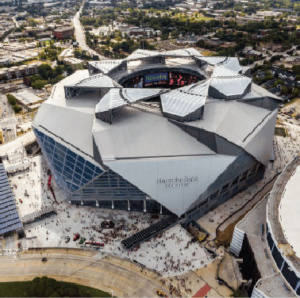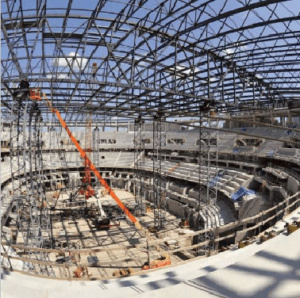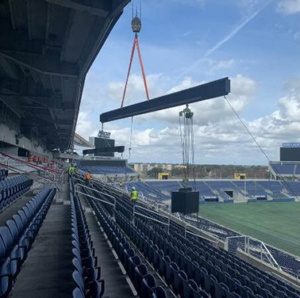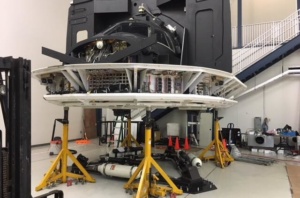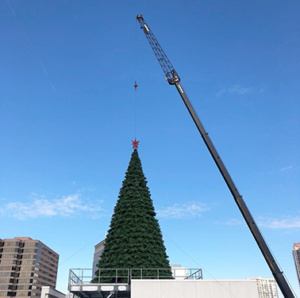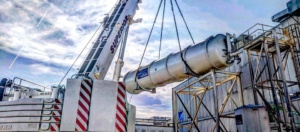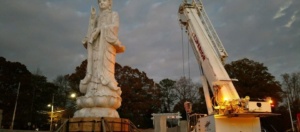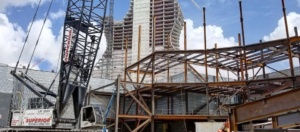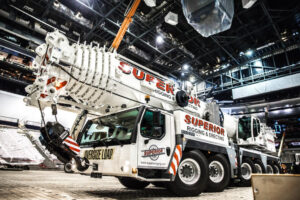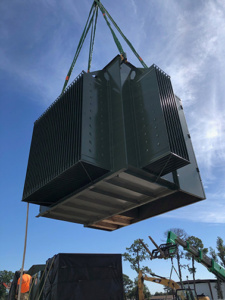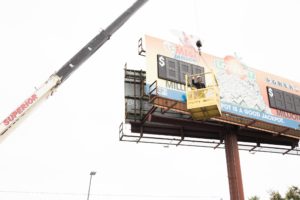On the construction site, having one piece of heavy equipment that can handle multiple jobs effectively can be a real benefit, and a boom truck fits this need in many situations, covering different types of cranes, transports, and personnel work platforms. The boom truck covers several different needs on the job site, such as a telescopic boom lift to raise heavy materials from the ground to the roof or ceiling, a bucket truck or cherry picker for raising personnel to different angles, and the flatbed truck area of the bed allows you to carry materials to different areas of town or within the construction site. But what exactly is a boom truck crane, how can it be used on the job site, and what are the differences between a boom truck and a hydraulic crane? In this article, we’ll cover these questions and much more as we explore the versatility of this piece of heavy equipment.
What is a Boom Truck?
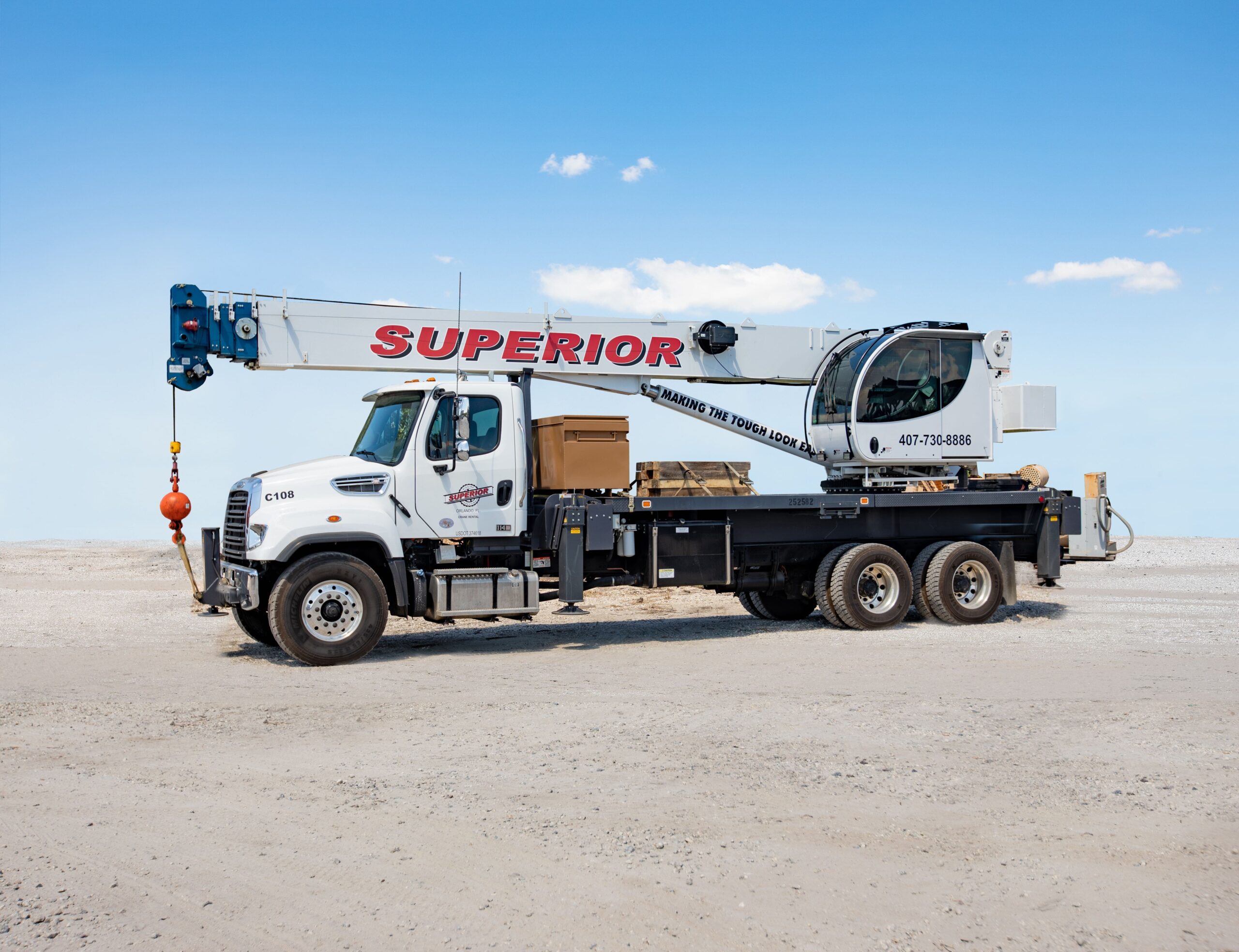
A boom truck is a piece of heavy equipment that can be driven on the road and has multiple uses on the job site. It is often rated for several dozen tons of capacity and can reach well over 100 feet in height, with larger boom trucks reaching closer to 200 feet in height, taking the place of rough terrain cranes. These powerful multi-purpose machines can often be used to take the place of a hydraulic crane, flatbed truck, and bucket truck in a single package, reducing your rental needs and the amount of equipment clogging up the construction site. By comparison, a crane truck may have a higher weight capacity and potentially longer booms, but will not have the same range of uses, as will a commercial truck-mounted crane.
The average boom truck has a few primary components that help get the job done. The hydraulic boom and jib allow the crane and bucket truck portion of the machine to reach great heights and raise heavy loads. The flat bed makes it possible to transport materials across town or across the job site. The cherry picker allows workers to reach their positions from different angles, providing better safety on the job site. The rotex gear allows for rotation, while the hydraulic pump powers the boom truck. Outriggers keep the boom truck stable, even in uneven terrain, to help prevent accidents. Finally, the fixed cab or swing cab protects the most important component, the boom truck operator, who is able to manage moving the boom truck, handle an articulating boom lift, and manage the vehicle effectively. A swing cab is a separate compartment from the driving cab, providing a greater range of motion for the entire system.
Boom trucks come in a wide range of sizes and capabilities. They can start out under 20 tons of lifting capacity for smaller projects and move to around 50 tons of lifting power, mounted on a commercial truck chassis and including a high aerial work platform capacity. At Superior Rigging, we have boom truck rental options rated from 23 to 45 tons, with our largest boom truck reaching 192 feet of height, with a main boom that combines with a jib from the boom tip that allows for lateral motion as well. This gives you the capability that you need on your construction site to work effectively as well as higher levels of occupational safety, especially if your operator has undergone boom truck operator certification.
The Uses of a Boom Truck
As was mentioned previously, boom trucks take the place of many different machines, and its operator certification can take the place of a crane operator and CDL driver, reducing the number of roles you need on the job site as well. They can lift heavy materials to great heights, improving worker safety. They can take the place of a crawler crane while still being operated on public roads to get them from point A to point B. The low height of the commercial truck chassis allows it to safely move under power lines at your construction project, while the lateral movement of the jib can make it very handy for the industrial roofing contractor.
It’s worth noting that there are different types of boom trucks for different applications. Stand-up boom trucks can be used to transport small machinery like AC units. Rear mount boom trucks don’t have quite as much bed space. We use these for transporting things like poly materials and cribbing.
The key industries that use boom trucks are construction, maintenance, and utilities. In construction, boom trucks usually have telescoping booms, making it easier for them to reach a range of heights and distances. Maintenance, depending on the type, may use either telescoping or articulated booms, which have a pair of arms that will move in the middle to reach different heights and distances. Utility companies very commonly use articulated booms as a bucket truck, providing a work platform for someone to work from at greater heights and at different angles than may be easily possible with a ladder.
Though cranes are used in a wider range of industries, including shipping and logistics, boom trucks are much more commonly used in construction due to their high level of versatility and adaptability to changing circumstances and needs on the job site. They are far easier to get into tight areas, are easier to move between job sites, and work well for delivering materials from a supplier when they’re needed quickly.
What’s the Difference Between a Crane and a Boom Truck?
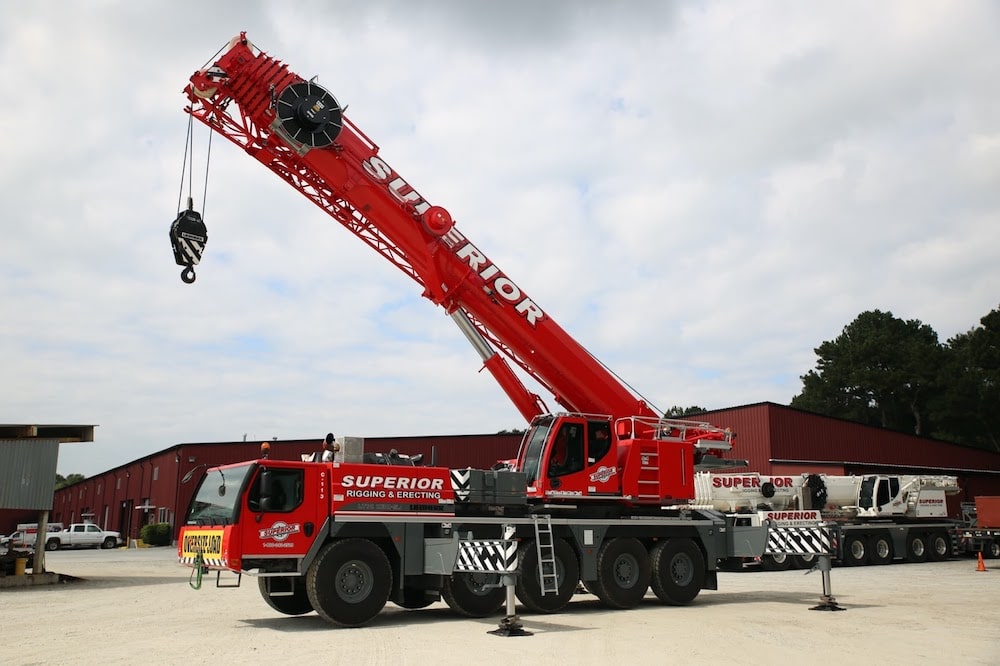
Now that we’ve defined what a boom truck is and what it does, let’s take a look at the differences between types of cranes and boom trucks. Generally speaking, cranes are either fixed or mobile, and can include a wide range of specific and specialized purposes. They may or may not be road legal, depending on the type, and will often require special logistical and shipping support to be moved from one site to another. These can include a crawler crane, crane truck, commercial truck-mounted crane, rough terrain cranes, truck crane options, and other types of heavy equipment.
However, there are still several drawbacks to using a crane for anything short of this style of construction. They may require specific permits to operate or install in larger cities and have limitations to their usefulness. You’ll also need to ensure your crane operator is certified so that they can work safely and prevent possible accidents and property damage. Generally speaking, they should not be used to transport personnel to different floors. They certainly can’t be used to move construction materials from miles away.
While cranes certainly have their areas in which they excel, a boom truck has a much greater range of flexibility in terms of uses and functionality. It can be used to move personnel. Though you should have a boom truck operator certification for the personnel managing the equipment to ensure better occupational safety, these types of equipment don’t usually require permits unless you’re blocking city streets while in operation. The boom truck operator certification also covers a wider range of needs, including operating a commercial vehicle and crane operation, allowing them to only chase one certification instead of two. Mounted on a commercial truck chassis, they are virtually always road legal unless they’re missing basic safety equipment required for road use. The flatbed area can be used to transport materials longer distances, while the crane section can then lift those heavy materials to great heights for use. Finally, the personnel bucket or platform allows you to move your crews into safer positions to work to avoid awkward angles that can lead to falling and worksite accidents.
Boom Truck Rentals from Superior Rigging and Erecting Co.
At Superior Rigging and Erecting, we have a variety of cranes as well as boom trucks available, meeting all your construction site needs. Our company’s focus on developing specialized rigging for your construction project ensures that you’ll achieve great results while improving job site efficiency. We also have a strong focus on occupational safety, making it easier for your crews to work without significant injury that can close down your worksite for long periods of time while investigations take place. Finally, we have a number of operators that are certified in crane and boom truck operation, giving you another option if you’re not comfortable with your people operating equipment that they’re not familiar with. Because our operators do this on a daily or weekly basis, they know the exact capabilities of each piece of equipment, and can operate it safely, effectively, and efficiently on your job site.
With a long history of providing quality crane, heavy equipment, and construction rigging rentals to the industry in the area, Superior Rigging and Erecting provides you with great options for your next construction project. If you need help deciding exactly what you need to get the job done, the experienced professionals at Superior Rigging are ready to help. Please feel free to reach out today with any questions, for more details on how we can help you work more efficiently and effectively, or to request a quote on renting some of our high-quality construction and lifting equipment.

